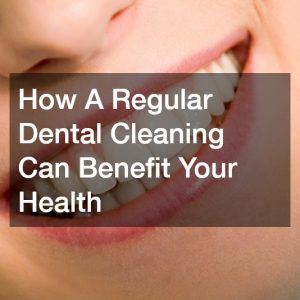Scheduling a teeth cleaning appointment is one of the best ways to maintain your oral health. Regular dental visits help keep your teeth and gums in top shape, but sometimes a routine cleaning isn’t enough. That’s where a deep teeth cleaning procedure comes in.
A deep teeth cleaning procedure, also known as scaling and root planing, goes beyond the surface. It’s designed by a dentist to remove plaque and tartar from below the gumline, where regular cleanings can’t reach. This procedure is especially beneficial if you have signs of gum disease or haven’t had a dental cleaning in a while.
The benefits of deep teeth cleaning are significant. It helps prevent gum disease from progressing, reduces inflammation, and can even stop bleeding gums. By removing the buildup of harmful bacteria, deep cleaning not only improves your oral health but also boosts your overall well-being.
To maintain the health benefits of a deep teeth cleaning, it’s important to keep up with a dental cleaning every 6 months with your dentist. Regular appointments help catch any potential issues early and keep your smile bright. By staying on top of your dental care, you ensure that your teeth and gums remain healthy for the long term.
Tooth cleaning at the dentist, commonly referred to as dental prophylaxis, is a routine procedure aimed at removing plaque, tartar, and stains that have accumulated on the teeth. This process is essential not only for maintaining dental hygiene but also for preventing oral diseases. Here’s a detailed look at how this procedure is typically conducted:
Physical Examination: Most dental cleanings start with a physical examination of the entire mouth. A dental hygienist performs this initial check-up, using a small mirror to inspect the teeth and gums for any signs of gingivitis (inflamed gums) or other potential concerns.
If major problems are detected, the dentist might be called to ensure it’s safe to proceed.
Removing Plaque and Tartar: Using the small mirror as a guide, the hygienist uses a scaler to remove plaque and tartar around the gum line, as well as in between the teeth. You’ll hear scraping, but this is normal. The more tartar there is in your mouth, the more time they’ll need to scrape a particular spot.
Gritty Toothpaste Cleaning: After your teeth are completely tartar-free, the hygienist brushes them with a high-powered electric brush. This makes a grinding noise and is an effective way to deep clean the teeth while using a gritty toothpaste that scrubs the teeth gently.
Expert Flossing: Whether you floss regularly at home or not, nothing beats an expert flossing session. Your dental hygienist can get deep between your teeth and locate any potential trouble spots where you might bleed at the gums.
Rinsing: Next, you rinse out your mouth to get rid of any debris. The rinse usually contains fluoride to help protect your teeth.
Fluoride Treatment: The last step is a fluoride treatment. This treatment is used as a protectant for your teeth to help fight against cavities for several months.
These steps not only keep your teeth clean but also give your dentist a chance to spot problems early and help maintain your overall oral health. Regular cleanings and check-ups are recommended every six months.
Watch the video above to learn more about tooth cleaning!






